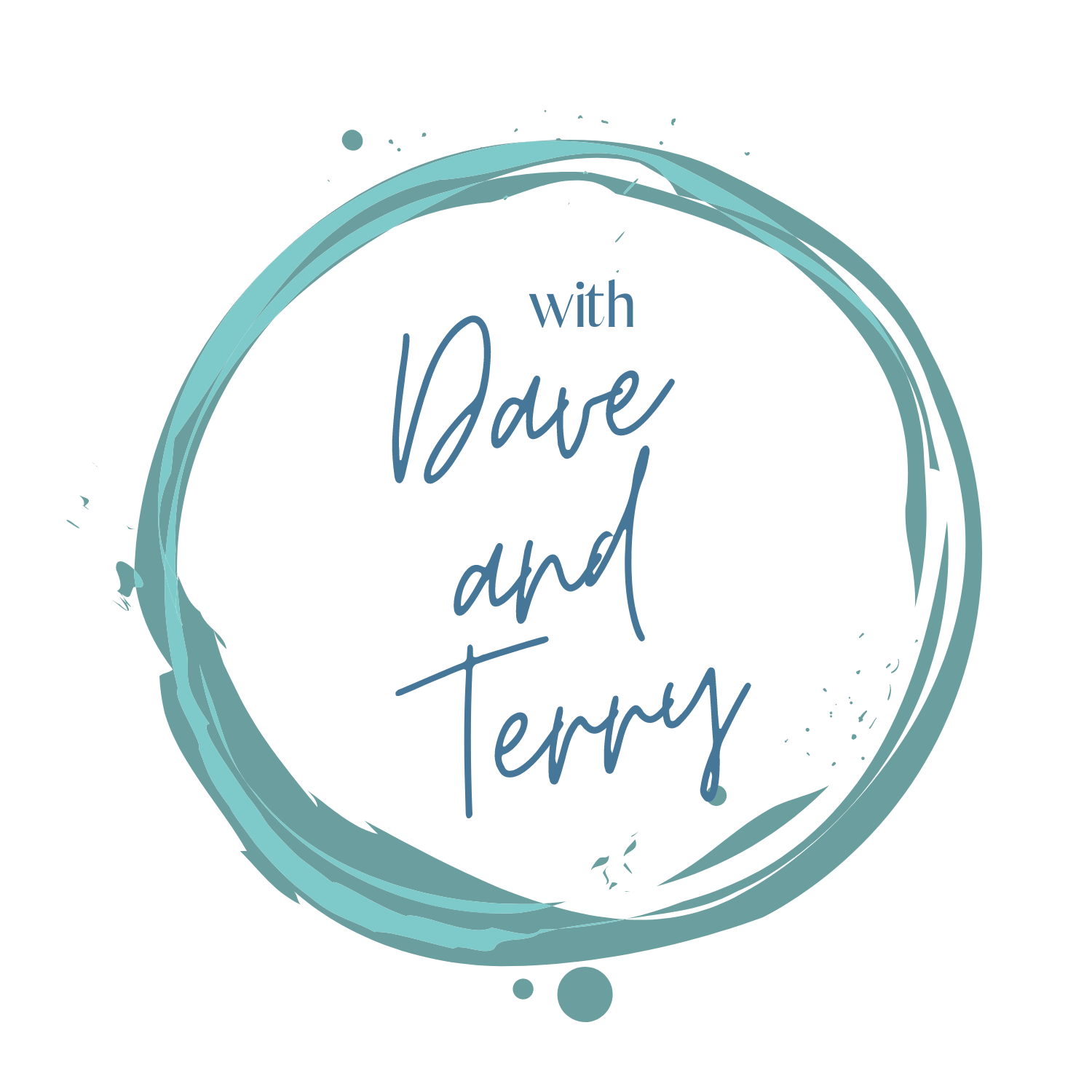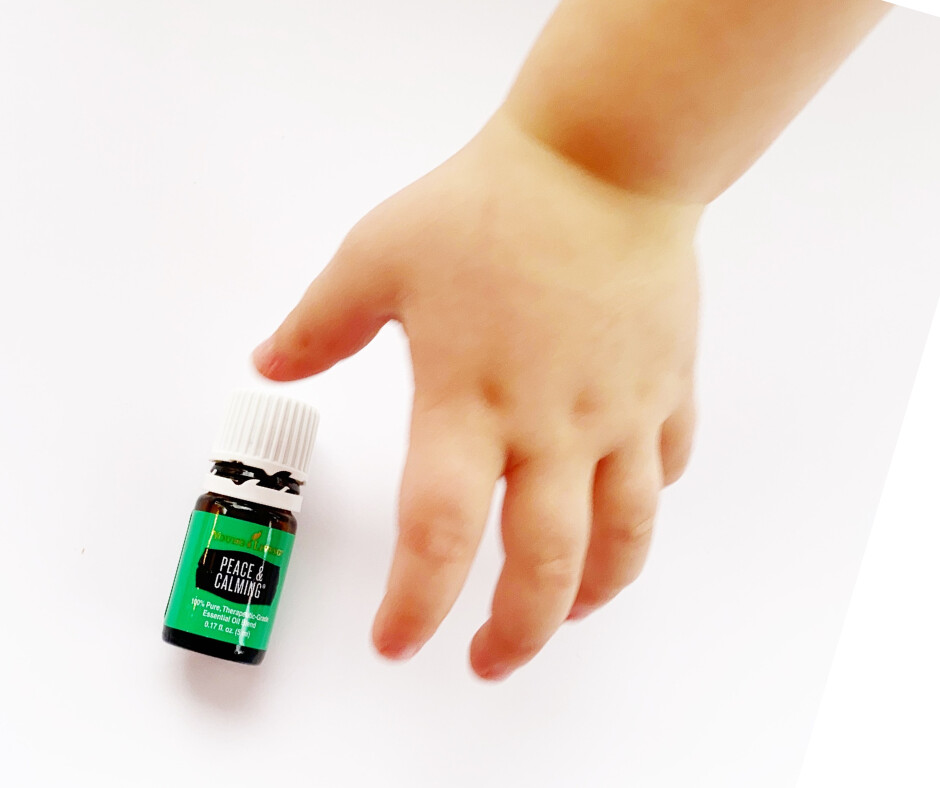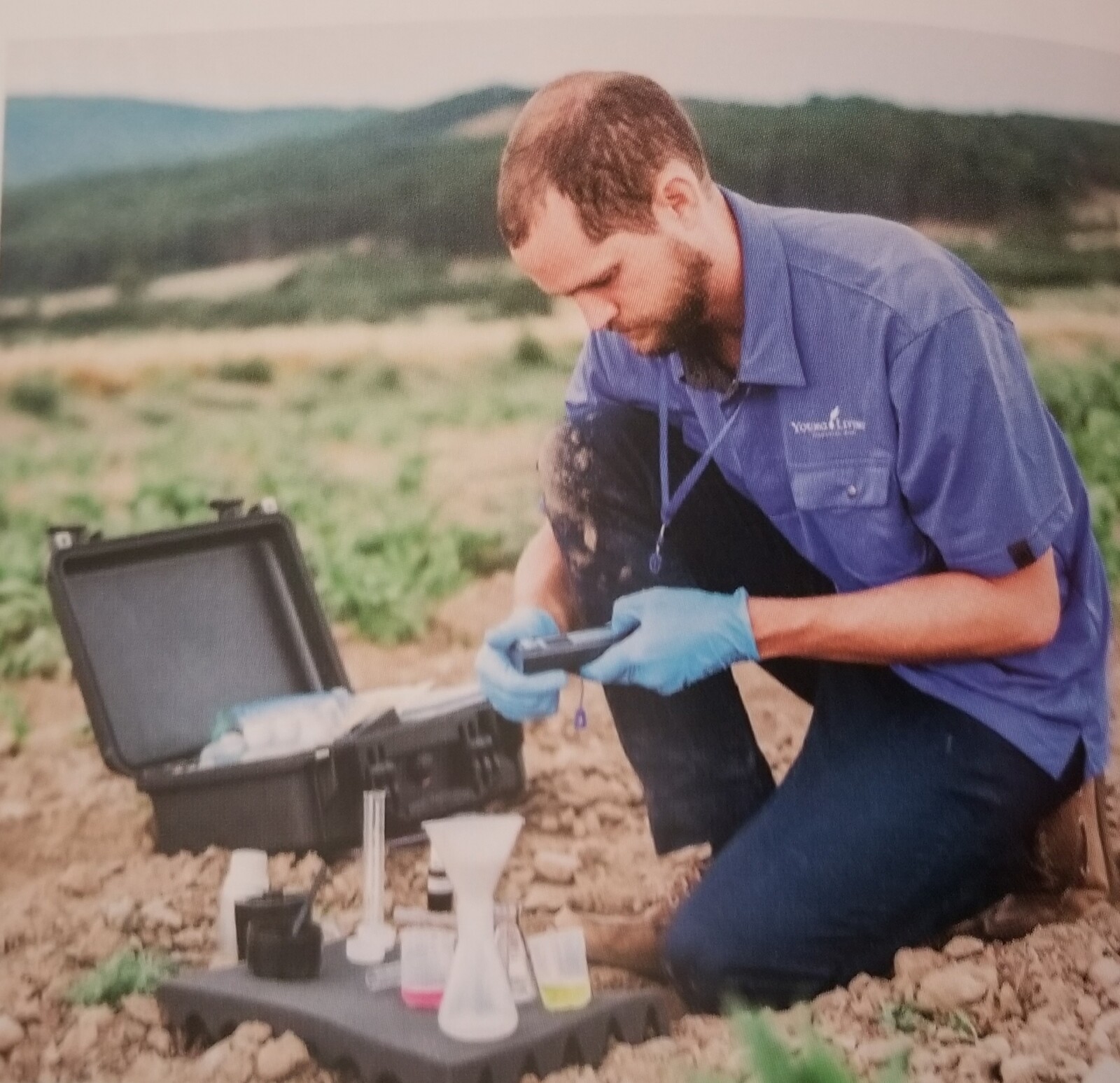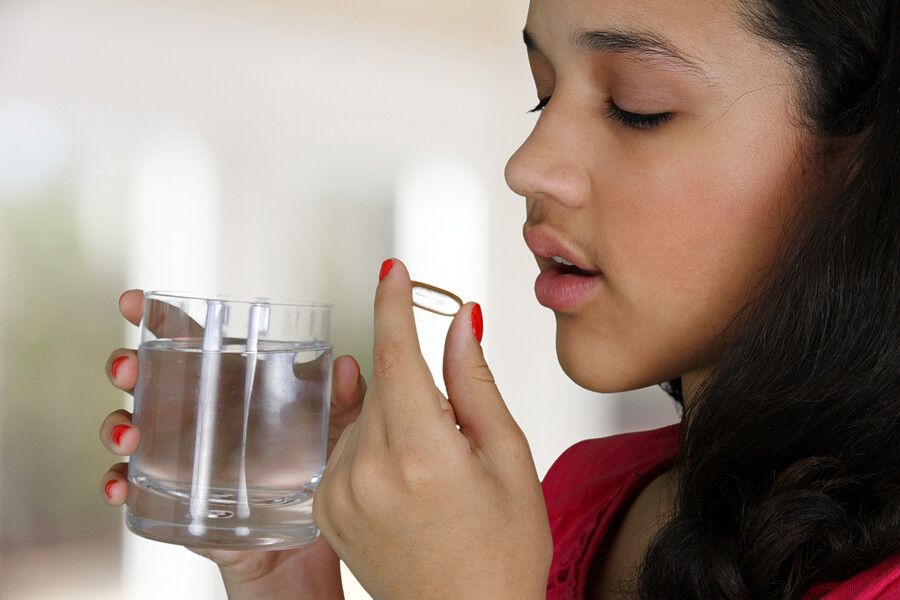
The third and final way we use these little miracle bottles is by taking them internally.
Many oils are labeled safe for internal use, but just like not all plants can safely be to eat and not all essential oils can be used internally.
Internal use can be a heated topic, mostly because there is a wide range of oil quality available on the market, and many are rightly labeled “not for internal use”.
What people don't realize that they already consume essential oils when they eat many foods. For example, lots of bakeries use food--grade essential oils to punch up the flavor of baked goods.
Ever enjoy a lemon bar? You probably ate essential oils.
Our Ningxia Red is power packed with Orange, Lemon, Tangerine, and Yuzu essential oils.
Because essential oils are way more potent than the whole plant material, only a tiny amount is needed when taken internally to get the full flavor and/ or health benefits. When safety guidelines are followed, essential oils can be used internally for incredible benefits.
Only ingest Young Living essential oils purchased directly from the temperature- controlled warehouse at youngliving.com. Nobody can vouch for what's really in those bottles from Amazon, eBay, or anywhere else you picked them up.
There are two ways to ingest oils
The first method of internal use is through food and water. Remember to always use glass, stainless steel, or ceramic when adding oils to the drink of choice. Never use plastic or Styrofoam, since those can leech chemicals. These powerful drops are programmed made by God to purify... Put a citrus oil on a Styrofoam cup and watch them in action!
If you love to cook, you're gonna be excited at the fun recipes you can create! Experiment with adding oils to your smoothies, your fruit and veggie salads, your baked goods, your homemade salad dressings, and so much more! The essential oils have no shelf life, like your herbs, and the potency and taste will amaze you. Such a savings to your pantry!
The second method of internal use is by ingesting capsules. Yes, you read that right, you can make your own capsules, and it's not as daunting as it might sound! Using capsules allows you to not only bypass any unpleasant tastes, but it also enables the oils to reach that correct targeted area of the body before dissolving to allow for greater absorption.
We use these for slimming, seasonal challenges, bodily discomfort, boosting immunity, and more! If you would like to learn more about what we call ‘stomp on it,’ reach out to me for my text class walking you through it.
Here's how to make a capsule
Purchase the vegetable capsules from Young Living (or grab some at your local health food store), open one up and add your essential oils into the longer part, then fill the rest with some carrier oil to help it digest better in your tummy, Close it up until it ‘clicks’ and take it with a glass of water.
Easy, peasy!
When taking oils internally, have a small snack that is rich in healthy fats (nuts, avocados). This will help you avoid burping up the oils. This is especially important when taking Inner Defense or "hot" oils. Adding a carrier oil to the capsule, or putting the oil in the freezer will also make a difference! (watch out because your tummy will feel cold after swallowing them!)
Remember the center hole on the top of your bottle is NOT where the oil comes out. That is an patented airhole. The oil comes out the little hole on the side. So, watch your aim or lean the bottle on the top of the capsule. The more you do it, the easier it gets.
If you can eat a lemon...
There is nothing added to our oils! Smells exactly like cutting open an orange, or lemon, or... because that is what it is! The power of the nutrients in the rind.
In order to comply with FDA regulations in the US, Young Living has specifically labeled oils that can be ingested as dietary supplements as Vitality oils. These white label bottles contain the SAME OIL inside as their color counterpart labeled for aromatic and topical use.
What if there was a easy button to start simplifying your life?
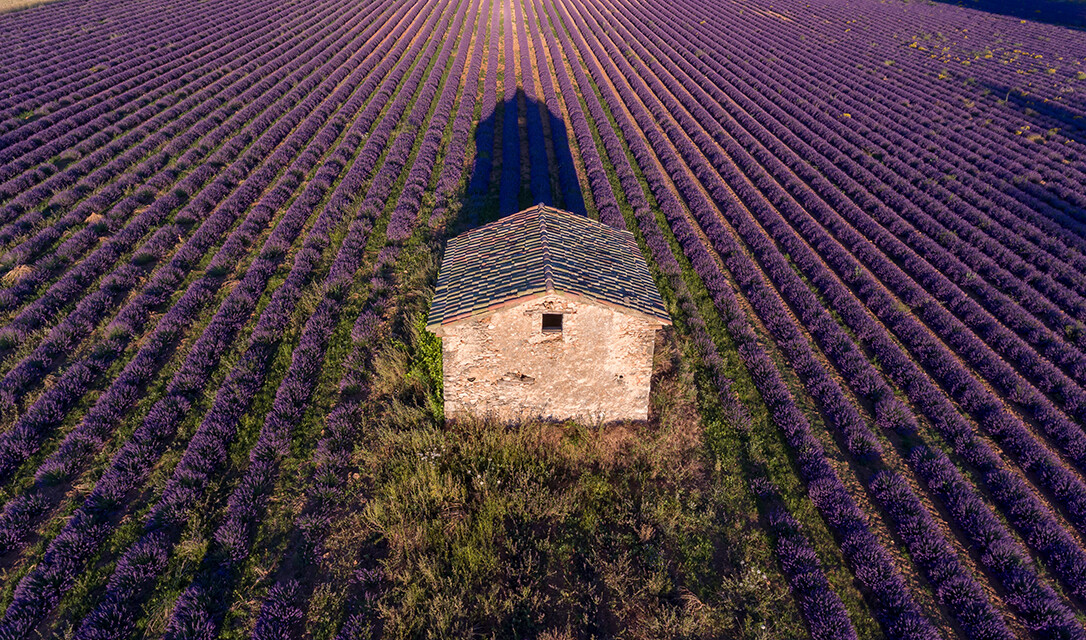
Then there's this organic label thing.
Here's the deal, the USDA is a government agency for the dairy, meat, and agricultural industry. This means there are NO regulations surrounding the specific harvesting, distilling, or testing of essential oils.
So the next time you want to ask “is this oil organic?” what you should really ask is, “How was the oil produced from start to finish?” We like to say that Young Living goes BEYOND organic because they follow all organic practices, and more.
How's that?
OK put those nerdy specs back on, here goes Beyond Organics 101…
The top five ways Young Living goes beyond organic
1. In order to be USDA Certified Organic, the USDA requires that “land must have no prohibited substances applied to it for at least three years before the harvest of an organic crop.”
Young Living goes “beyond organic” and also does a full chemical analysis of the soil to test for any chemicals present in the ppb (part per billion) level that may have been there from far more than 3 years ago. Many of our Young Living farms started on Virgin soil to ensure absolute purity.
2. USDA certified farms allow for approved synthetic chemicals for crop pests, weeds, and disease control, whereas Young Living simply does not allow ANY. Young Living controls pest with essential oils and they do all the weeding naturally -- by hand, by machine, by planting specific plants in between crop lines, and on some farms even by using a particular breed of sheep that eats the weeds and not the crops!
Did you know we spend $12,000 thousand dollars per acre to hand-weed Lavender,
instead of the industry standard of $60 dollars per acre for the same plant?
The industry standard is $60 dollars per acre
because spraying pesticides is much cheaper than hand weeding.
That also means those pesticides are inside their oils.
3. The USDA requires continual testing of the soil on farms, whereas Young Living does continual testing of the soil AND of the water and the air on our farms. In order to avoid additional environmental pollutants each farm is located far away from major cities.
4. Every Young Living farm has an organic composting yard that plant matter from the distillation goes into, so there's no waste. 5 million tons of compost is used annually on our fields. We also have organic worm farms on each farm where liquid worm castings and composed plant materials are used as fertilizer. Microbes and enzymes are injected to further enrich the soil. Spring or aquifer water is used on the plants, never any municipal water.
5. Young Living insists that 100% of our products are organic. When something in US is USDA certified organic, the content must be 95% certified organic, shocking but true.
Young Living cares about things that are not even on the radar of the USDA,
like plant energy and frequency.
This means that when Young Living farmers (or those on a tour) are out of the fields, everyone's mood must be positive.
No negative talk or swearing is allowed near the plants, and positive upbeat atmosphere must be given to the crops so that they flourish and grow the way nature intended. We promise the USDA doesn't have any rule anywhere that states no swearing on an organic farm!
Young Living is a global community company with farms across every continent except Antarctica.
Because each country has different organic certifications there is no “universal global organic certification,” and because our crops are grown all over the world, we cannot label our bottles as organic. However, our standards truly are beyond the organic certification of every country in the world.
